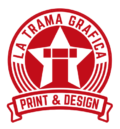Servicios
A qué nos dedicamos
Soluciones de Diseño, estampación y serigrafía textil
La Trama Estudio somos un taller de Serigrafía (no una tienda física…), donde damos un servicio totalmente personalizado para cada uno de nuestros clientes y proyectos. Trabajamos desde 0 para adaptarnos a los requerimientos técnicos y creativos que nos piden, y además aconsejamos y acompañamos en todo el proceso desde el diseño hasta el producto final.
La serigrafía textil es una técnica de impresión que se utiliza para imprimir diseños en tejidos, como camisetas, sudaderas, bolsas y otros productos textiles. La técnica consiste en crear una plantilla o matriz, que se coloca sobre la tela y se utiliza para imprimir el diseño deseado.
El proceso de serigrafía textil comienza con la creación de un diseño en papel o en un programa de diseño gráfico. Luego, se utiliza una malla tensada sobre un marco para crear la plantilla o matriz. La malla se cubre con una capa de emulsión fotosensible y se expone a la luz con el diseño en negativo, creando una plantilla en la malla.
Después de que la plantilla esté lista, se coloca sobre la tela y se aplica la tinta con una rasqueta, haciendo que la tinta pase a través de la malla y se transfiera al tejido. Una vez que se completa la impresión, se seca la tinta y se cura a través del calor.
La serigrafía textil es una técnica popular para imprimir diseños en grandes cantidades y es utilizada en la producción de ropa personalizada, uniformes, productos promocionales y más.

Serigrafía textil
Nuestra especialidad, lo que nos hace irnos a dormir con las manos manchadas de tinta y nos hace dar un salto de la cama cada mañana. Cuando el resultado que buscas quieres que sea de la mas alta calidad y durabilidad esta es la técnica perfecta para ti, aunque tiene ciertas limitaciones, como el numero de colores o la limitación con diseños que incluyan degradados, para nosotros es la mejor técnica.
Pedido mínimo: 25 unids
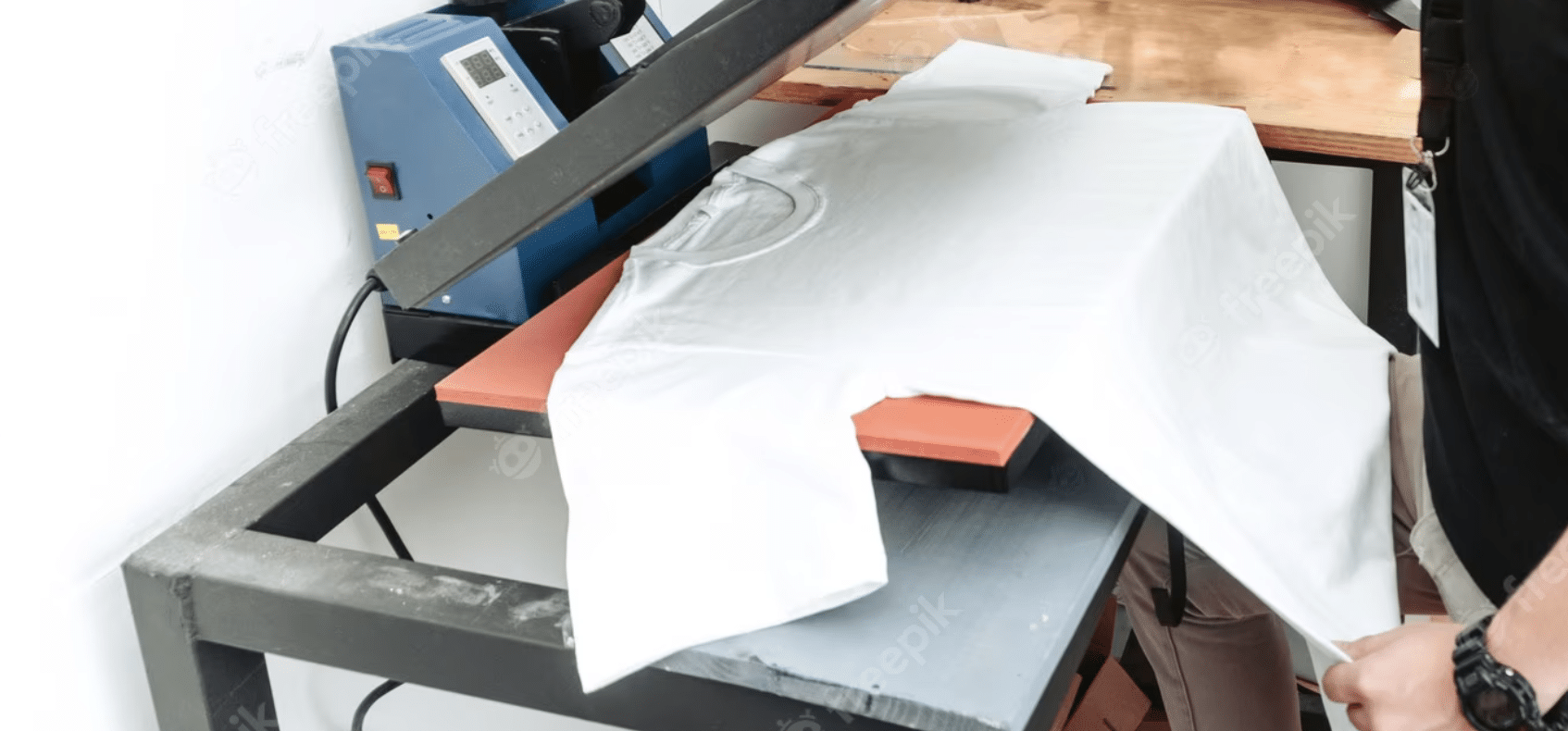
Sublimación
La sublimación es otro de nuestro métodos favoritos. Donde la serigrafía textil no puede llegar… llega la SUBLIMACIÓN al rescate, tenemos varias técnicas diferentes adaptadas a distintos soportes ademas de los clásicos textiles (cristal, plástico, madera…).
Pedido mínimo: 5 unids

DTF
De todas nuestras técnicas esta es de las mas modernas, especialmente indicada para diseños a todo color, sin limitación de colores ni problemas con los degradados ni las tintas, podemos crear cualquier cosa que imagines y ponerlo sobre el soporte que elijas, aquí el limite lo pone tu imaginación!
Pedido mínimo: 8 unids (pedidos inferirores consultar).
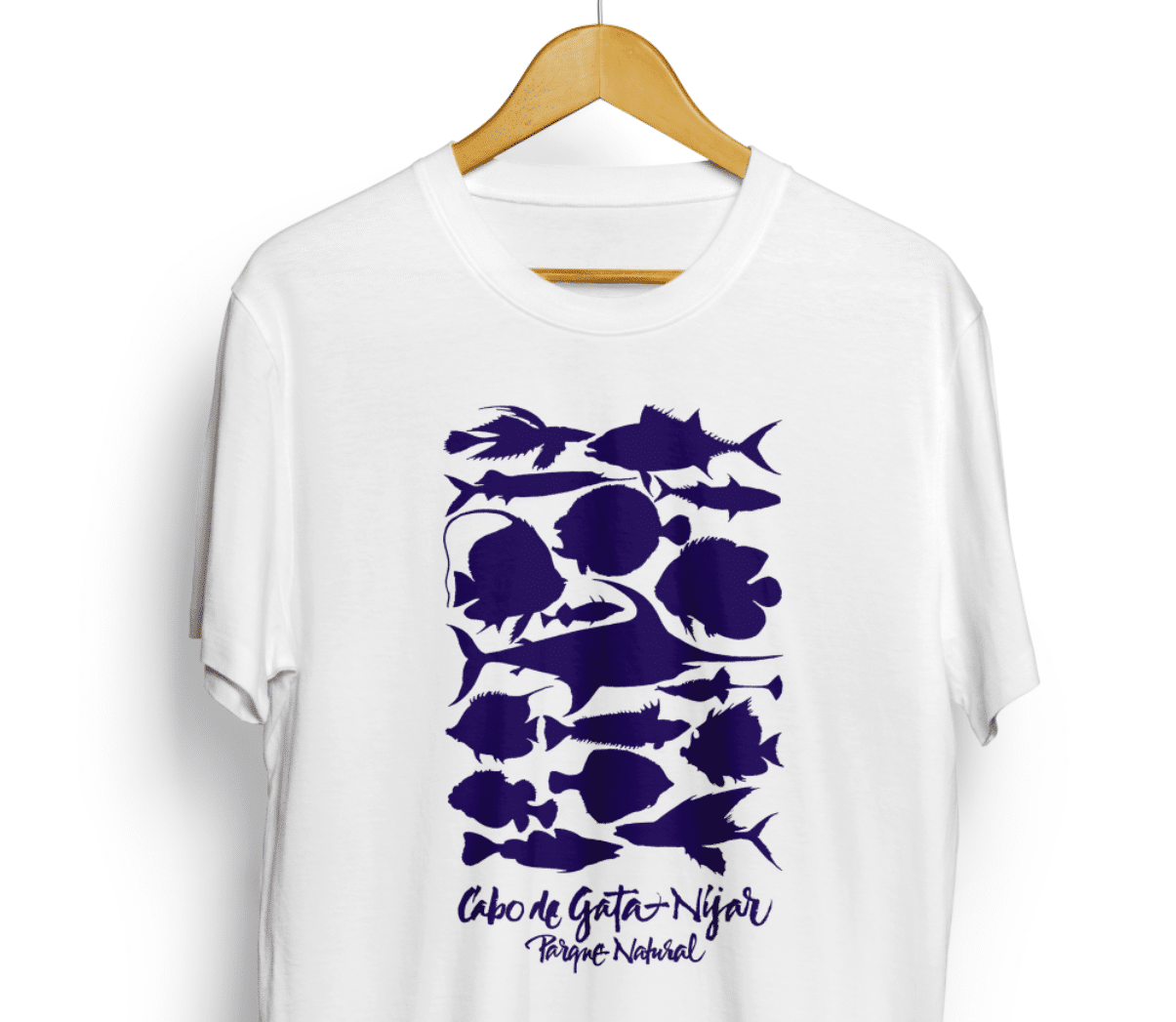
Servicio de Diseño Gráfico
Como Taller de Serigrafía no podíamos no ofrecer este servicio esencial, si no eres muy amigo de los programas de diseño y no sabes ni hacer un circulo en el Paint, no te preocupes, nosotros estamos aquí para ayudarte! Envianos tu diseño y te ayudaremos a conseguir lo que buscas.
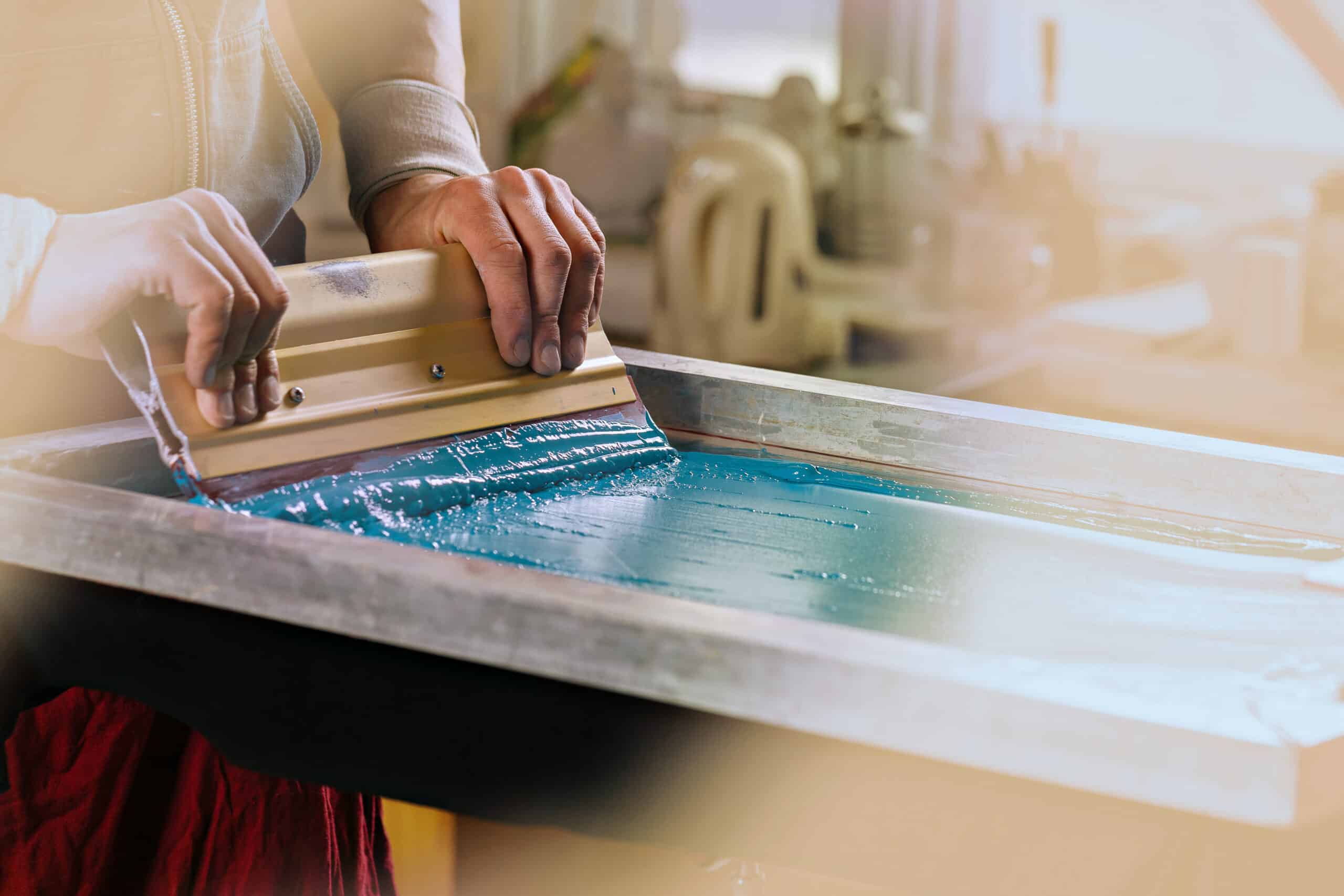
Formación
En La Trama creemos que la serigrafía tradicional es algo mas que un negocio, es un arte, que se está perdiendo con el paso de los años en favor de la impresión digital y otras técnicas. Por eso mismo nos hemos propuesto compartir nuestra forma de vida con cualquiera que este interesado en este mundo, ya sea como hobby o de forma profesional.
También tenemos cursos especialmente pensados para instituciones educativas (tanto primaria como secundaria).
Nuestro proceso
Un proceso pensado para ti
El diseño y la serigrafía son elementos clave en la producción de merchandising, ya que permiten personalizar productos con diseños únicos y atractivos que pueden promocionar una marca, evento o campaña.
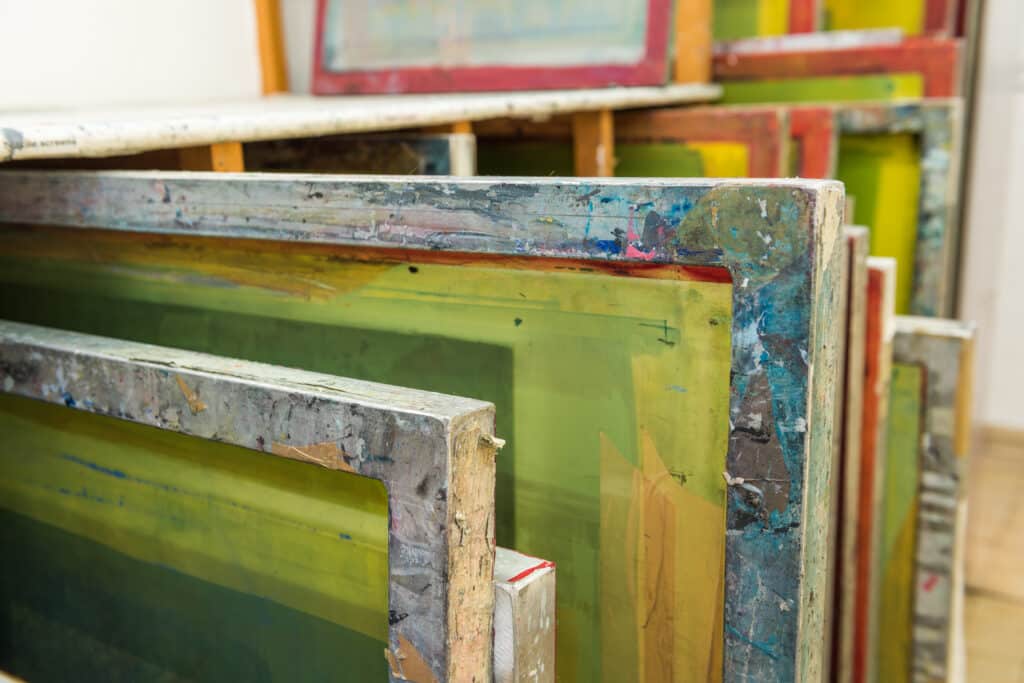
Preparación de la pantalla
La pantalla de serigrafía es la herramienta principal utilizada para transferir la tinta al sustrato. La malla fina está tensada sobre un marco y luego se le aplica un revestimiento fotosensible. La plantilla del diseño se coloca sobre la pantalla y se expone a la luz, endureciendo el revestimiento fotosensible. Las áreas no expuestas se lavan con agua para crear un diseño en la malla.
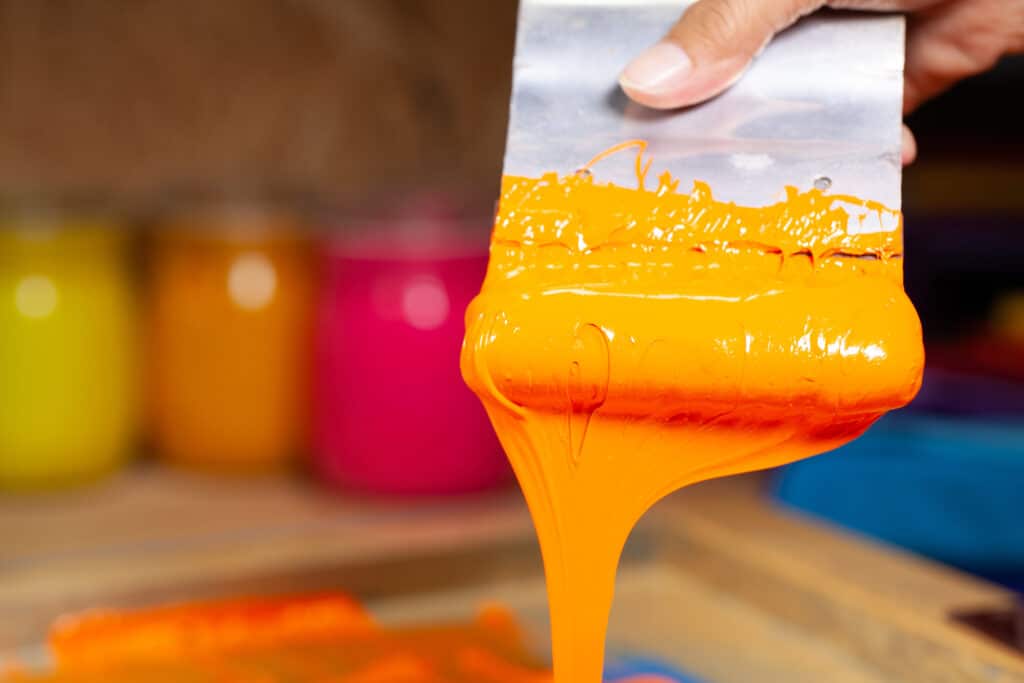
Preparación de la tinta
La tinta de serigrafía se mezcla con pigmentos de color y otros aditivos para crear una tinta adecuada para la superficie de impresión. La tinta debe ser lo suficientemente líquida como para pasar a través de la malla, pero lo suficientemente densa como para crear una impresión nítida.
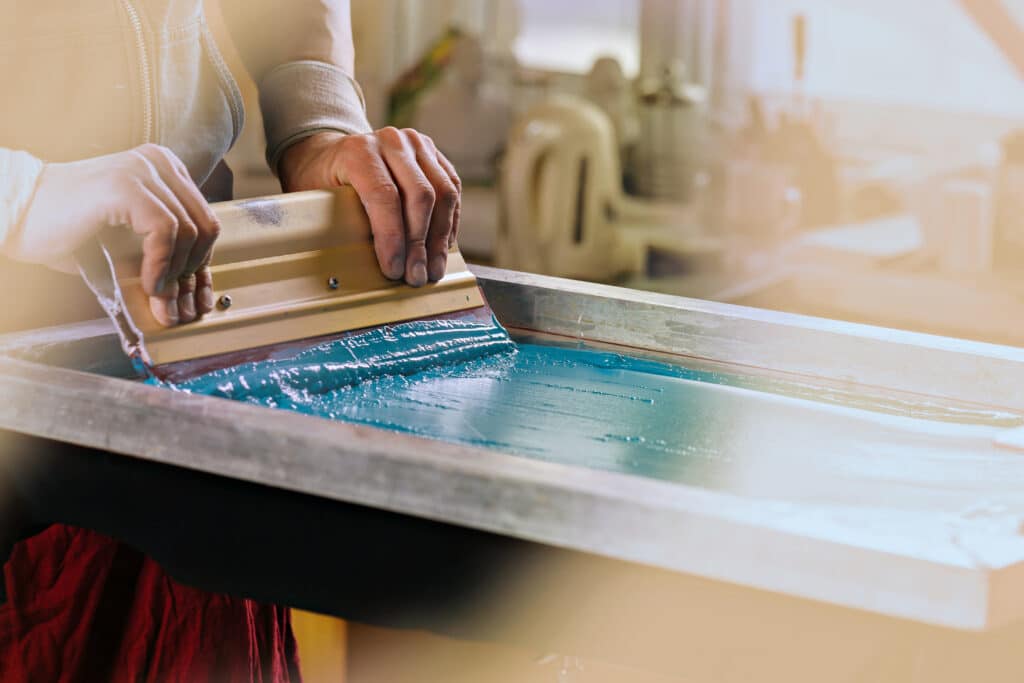
Preparación del soporte
La superficie de impresión debe estar limpia y seca antes de aplicar la tinta. Se utilizan diversos productos químicos y procesos de preparación dependiendo del sustrato.
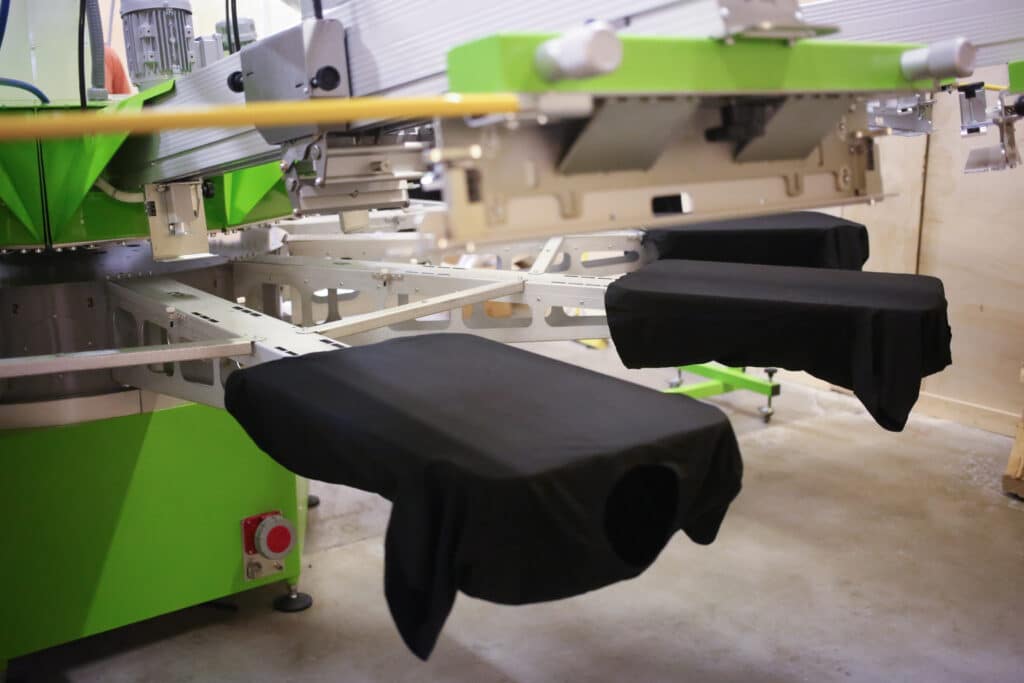
Impresión
La pantalla se coloca sobre el sustrato y se aplica la tinta en la parte superior de la malla con una rasqueta. La tinta se fuerza a través de la malla y se deposita sobre el sustrato en las áreas donde el diseño permite la transferencia.
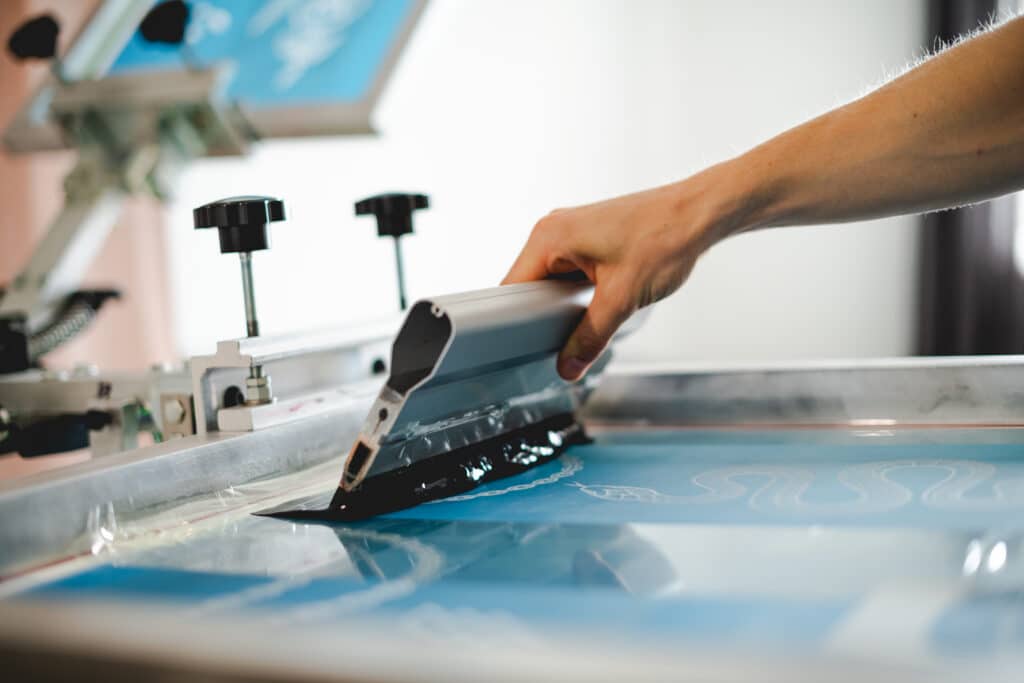
Curado
Una vez que la tinta ha sido aplicada, se debe curar para garantizar su durabilidad y adherencia. La curación se realiza mediante el uso de una fuente de calor, ya sea mediante secado al aire o con una máquina especializada de curado de tinta.
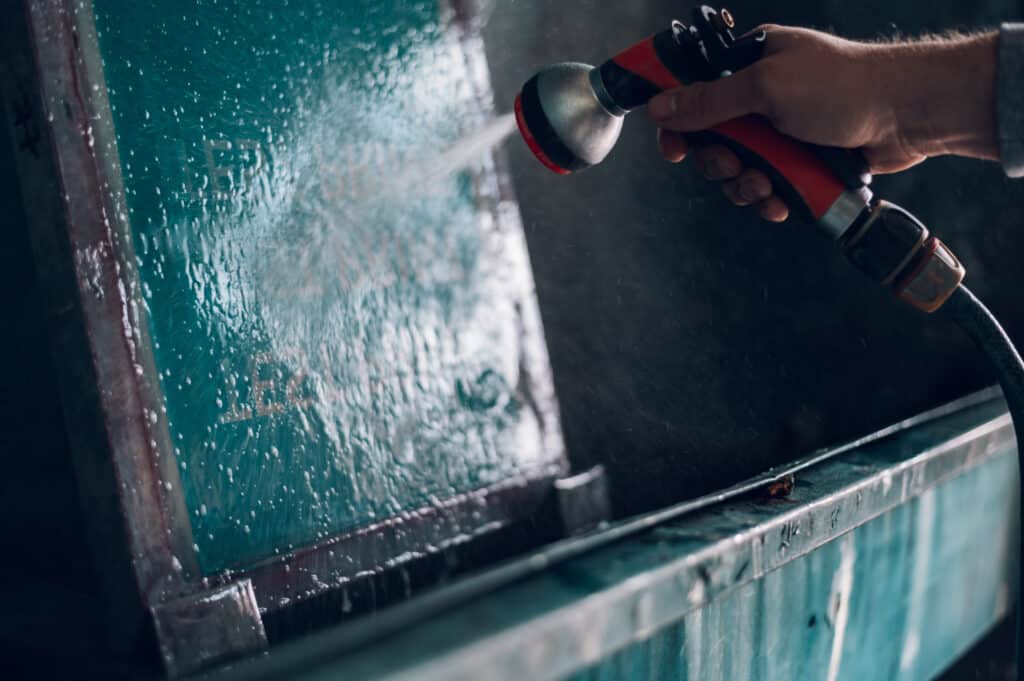
Limpiar la pantalla
Después de la impresión, la pantalla debe limpiarse para eliminar la tinta y el revestimiento fotosensible. La pantalla se puede reutilizar para imprimir el mismo diseño o puede ser reutilizada para imprimir un nuevo diseño.
